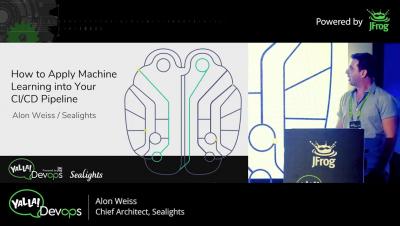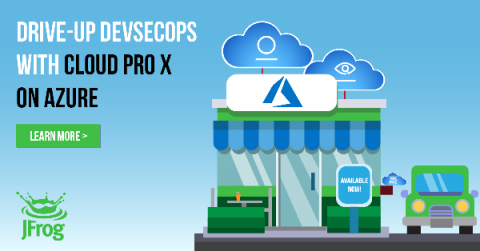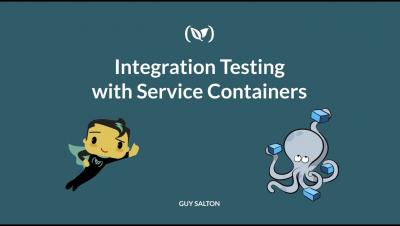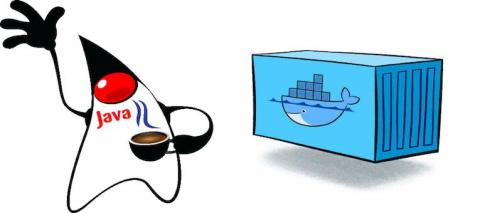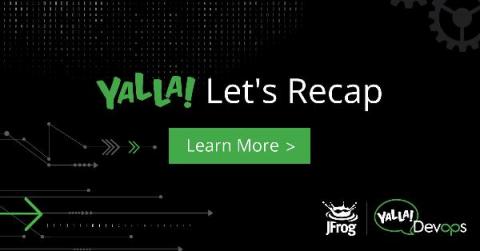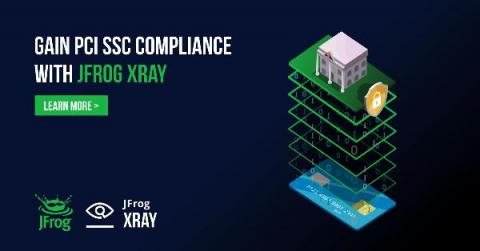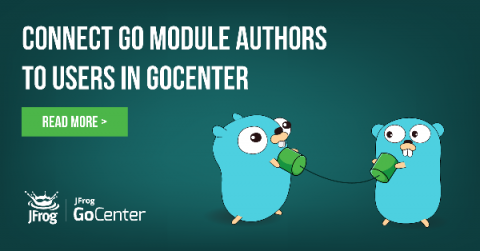Operations | Monitoring | ITSM | DevOps | Cloud
CI CD
The latest News and Information on Continuous Integration and Development, and related technologies.
Load Up and Drive Cloud DevSecOps on Azure
At JFrog, we think enabling DevSecOps in the cloud should be as easy as ordering from a drive-up window. Getting the tools you need for digital transformation should only be a short stop on your long journey. And you should be able to get it your way, on the cloud services platforms you choose. That’s why we’re excited to announce the availability of JFrog Cloud Pro X on Azure Marketplace.
Run your tests in parallel with Codefresh and Knapsack Pro
One of the most well-known problems when it comes to testing applications is the amount of time required by all test suites. Integration tests, in particular, are usually very slow to execute and depending on the type of application, several minutes (or even hours in extreme cases) are needed in order to get the final execution result. You can reduce the test execution time with several techniques, but one of the most effective methods is running your tests in parallel.
Integration Testing with Service Containers Webinar
Helm 3: Navigating to Distant Shores
Crafting the perfect Java Docker build flow
What is the bare minimum you need to build, test and run your Java application in Docker container? The recipe: Create a separate Docker image for each step and optimize the way you are running it. I started working with Java in 1998, and for a long time, it was my main programming language. It was a long love–hate relationship. During my work career, I wrote a lot of code in Java. Despite that fact, I don’t think Java is usually the right choice for microservices.
Recapping the First Yalla DevOps 2019
Yalla DevOps made a grand entrance! and for those of you who didn’t make it this time, or those of you who just want a recap, here are the highlights from the event. From an expert panel to a live broadcast by Alan Shimel (Founder, CEO & Editor-In-Chief of DevOps.com), there was a lot going on. The main themes across keynotes and talks were centered around the community, all about introducing change, shifting left and the importance of enhancing people processes.
Compliance Made Easy with JFrog Xray
As compliance managers, we often find ourselves in a struggle. Our responsibility is to uphold compliance standards but in order to achieve this, we need to “sell” the concept to the relevant stakeholders, inter alia the business teams and R&D. We’re put in the position of justifying required changes and processes and are thus mistakenly perceived as business “stoppers” and not enablers.
How GoCenter Connects Go Modules Authors With Consumers
There’s no longer any doubt, Go modules are an accepted part of Golang. The over 300,000 versioned Go modules in JFrog GoCenter shows how they have been embraced for package management by the Go community. With Go modules now enabled by default in Golang 1.13, the number of publicly available modules will grow even more rapidly — and some of them may be contributed by you. But once you share a Go module project with the community, what happens to it? Does it get used?


